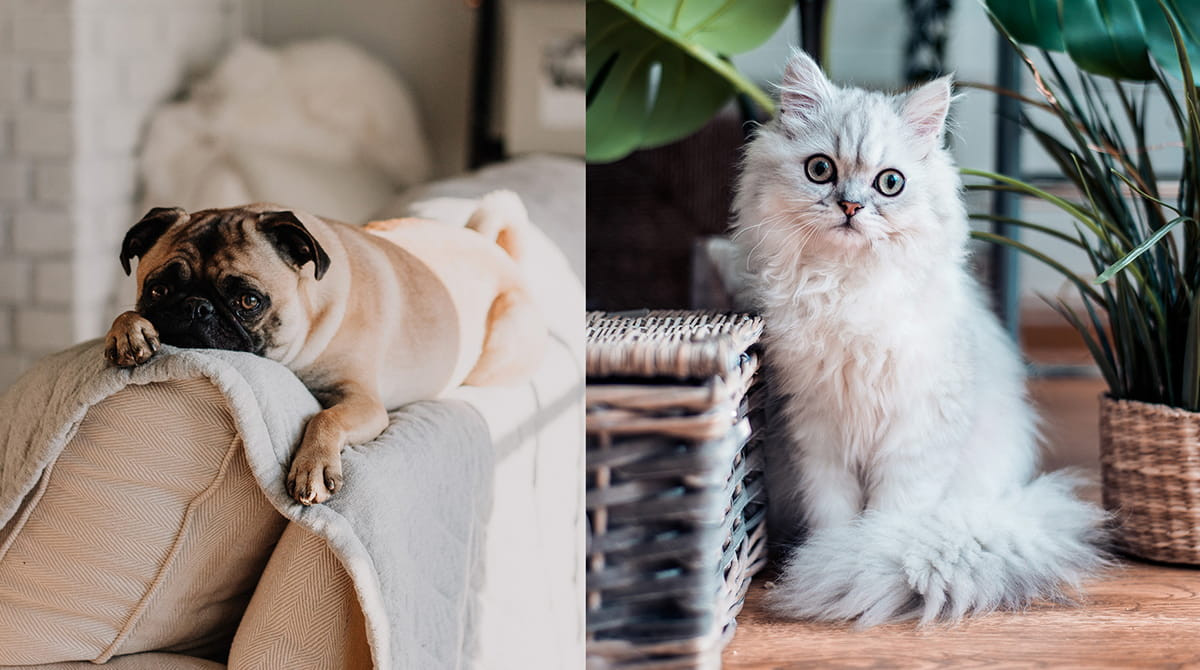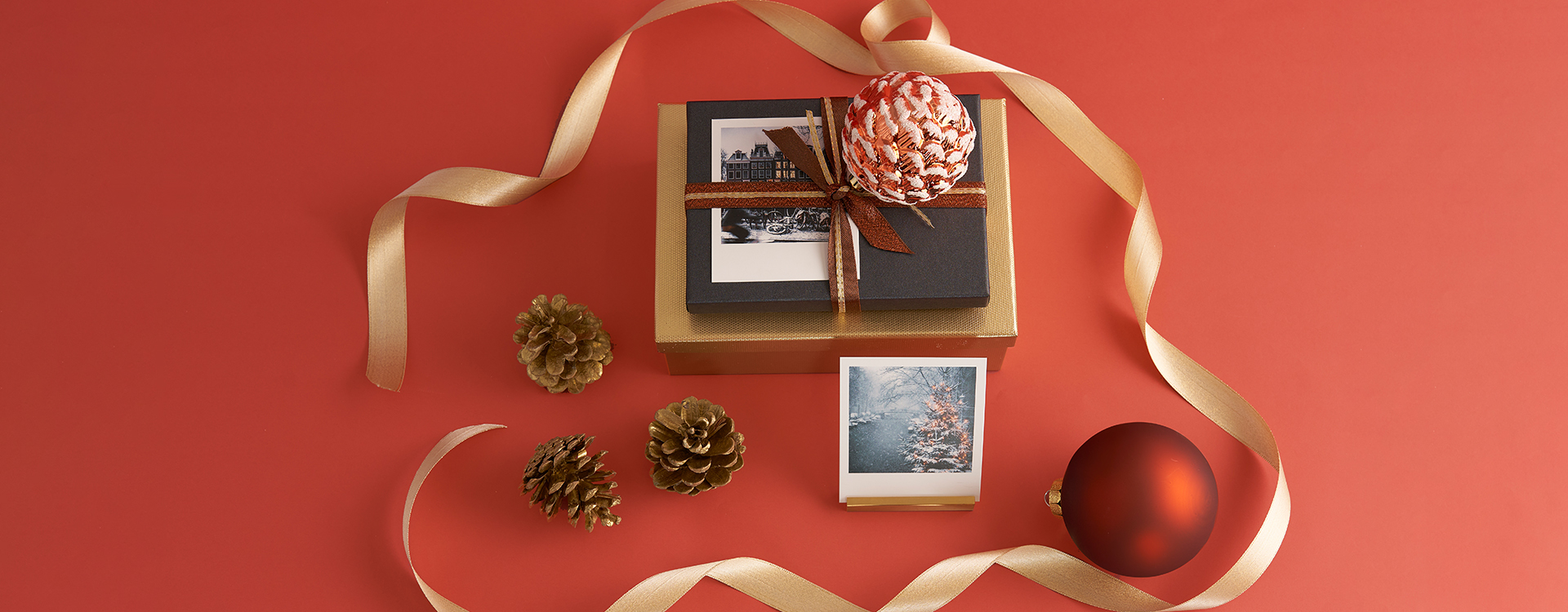Working with animals—and especially photographing them—is always a joy. There’s something deeply rewarding about capturing the unique personality and charm of a beloved pet in a photo.
But while most pet owners love taking pictures of their furry (or feathered) companions, animals aren’t always the easiest subjects. Most pets have short attention spans. They usually aren’t interested in sitting still or holding a pose for very long. Some may even be frightened by the camera.
So what can you do to take better photos of your beloved pet and feature them more often in your family pictures? Whether you’re the proud owner of a dog, cat, hamster, parrot, or ferret, these pet photography tips will help you get better results every time.
1. Plan ahead
While some of your best pet photos might happen spontaneously, in most cases you’ll get better results with a little planning. Start by identifying spots around your home that have good natural light—like near a large window, skylight, or glass door. Then tidy up the area and remove any distracting elements such as shoes, jackets, or household clutter.
2. Avoid using flash
Most animals have sensitive eyes, and the camera flash can easily startle them. If their first experiences with the camera are unpleasant, they may see it as something scary or invasive. Flash is also quite harsh, and unless you’re experienced with lighting, it’s likely to result in red eyes, harsh shadows, or glare. That’s why it’s best to stick with natural light as much as possible.

3. Capture Them in Their Element
The best way to showcase your pet’s unique character is to photograph them when they’re relaxed in a familiar setting or doing something they love. So think about your pet’s favorite activities and how you might capture those moments with your camera. Maybe your budgie loves looking at its reflection, your cat is happiest lounging in the sun on the edge of the sofa, or your hamster has a blast running in its wheel or exploring its tunnels—those are perfect opportunities for authentic, personality-filled shots.
4. Use Treats and Toys
Since most animals have short attention spans, it can be tricky to get them to pose, sit still, or even look in your direction. This is where their favorite treats and toys come in handy. Find something your pet simply can’t resist—whether that’s your dog’s favorite squeaky toy, a freshly sliced apple for your parrot, or a handful of sunflower seeds for your rabbit. Use these to grab their attention, encourage a trick they know, or simply catch a few fun shots while they’re playing or munching. If possible, ask a friend or family member to help by standing just behind or beside you to help direct your pet’s focus.

5. Choose the Right Lens
Using the right lens can make your pet photo sessions much easier. While there’s no single perfect lens for every situation or every animal, it helps to consider the size of your pet and the kind of activity you want to photograph.
Smaller pets—like hamsters, gerbils, turtles, or even snakes—are often easier to photograph with a longer lens, as you can capture close-up shots without getting too physically close and potentially startling them. For larger pets like cats and dogs, you can usually get close enough without scaring them, making a 50mm or 35mm prime lens a great choice. If you’re aiming for action shots of your pet running or jumping, a zoom lens might be more suitable, allowing you to zoom in and out without having to physically move closer or farther away.
6. Shoot at Eye Level
You might occasionally find an opportunity to shoot your pet from above or below, and that can lead to some fun and playful results. However, in most cases, it’s best to get down on your pet’s eye level and photograph them from there. This creates the most natural perspective and helps the viewer connect with your subject in a more intimate and engaging way.

7. Focus on the Eyes
When it comes to portraits—whether it’s of your cat, budgie, rabbit, or turtle—the eyes should be the focal point. That’s because the eyes are typically the first thing we look at in a photo. Sharp, well-focused eyes make an image more visually striking and emotionally engaging. If you’re shooting with a shallow depth of field, it can be a bit tricky to keep both eyes in focus. You might need to slightly shift or tilt your camera to ensure both eyes are on the same horizontal plane.
8. Fill the Frame
There are many composition techniques that can help you create more visually appealing pet photos, but one of the simplest and most effective is to fill the frame. This ensures your pet is the clear subject of the image while minimizing background distractions or household clutter. To do this, simply move in closer to your pet—either by zooming in or physically approaching—and make sure they occupy as much of the frame as possible.

9. Try Burst Mode
If you want to capture action shots of your pet running, jumping, or flying, burst mode is a great option. Unlike single-shot mode, burst mode allows you to take a rapid series of images—multiple frames per second—as long as you hold down the shutter button. It’s a fantastic way to make sure you don’t miss any of the action. Combine it with continuous autofocus mode to help track moving animals and keep your shots sharp and in focus.
10. Have Fun With It
Last but not least, remember that animals can pick up on stress. So above all, try to stay relaxed and enjoy the process of photographing your pet. Don’t force them into specific poses—instead, create a comfortable atmosphere with good lighting, a few toys, and some treats. Capture the moments as they naturally unfold. When you’re ready to start shooting, move slowly and avoid sudden movements or loud noises that might startle your pet or distract them from what they’re doing.






